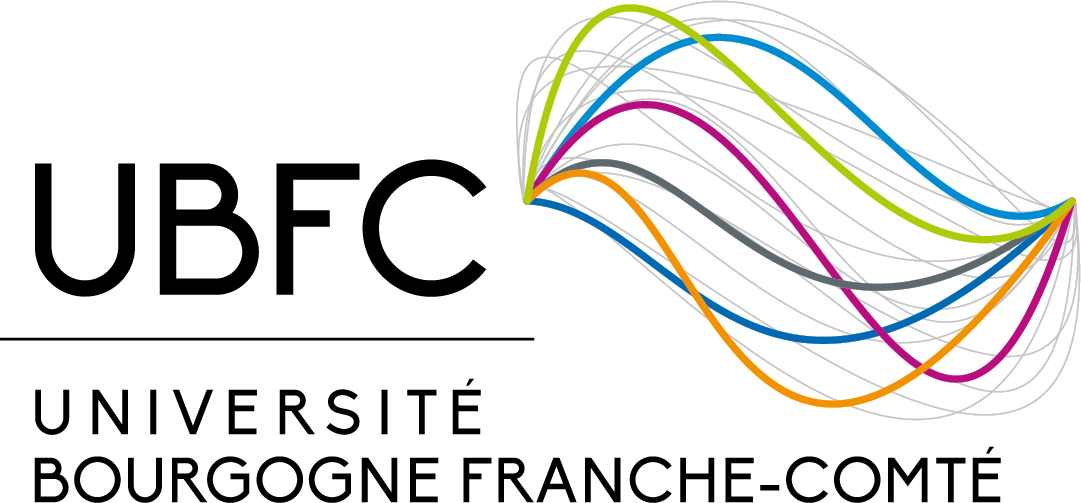Discriminating uniparental and biparental breeding strategies by monitoring nest temperature
| Affiliation auteurs | !!!! Error affiliation !!!! |
| Titre | Discriminating uniparental and biparental breeding strategies by monitoring nest temperature |
| Type de publication | Journal Article |
| Year of Publication | 2018 |
| Auteurs | Moreau J, Perroud L, Bollache L, Yannic G, Teixeira M, Schmidt NMartin, Reneerkens J, Gilg O |
| Journal | IBIS |
| Volume | 160 |
| Pagination | 13-22 |
| Date Published | JAN |
| Type of Article | Article |
| ISSN | 0019-1019 |
| Mots-clés | Arctic, Calidris alba, discriminant function, Incubation strategy, nest attendance, nest temperature, parental care, shorebirds |
| Résumé | Birds exhibit a wide diversity of breeding strategies. During incubation or chick-rearing, parental care can be either uniparental, by either the male or the female, or biparental. Understanding the selective pressures that drive these different strategies represents an exciting challenge for ecologists. In this context, assigning the type of parental care at the nest (e.g. biparental or uniparental incubation strategy) is often a prerequisite to answering questions in evolutionary ecology. The aim of this study was to produce a standardized method unequivocally to assign an incubation strategy to any Sanderling Calidris alba nest found in the field by monitoring nest temperature profiles. Using drops of >3 degrees C in nest temperature (recorded with thermistors) to distinguish incubation and recess periods, we showed that the number of recesses and the total duration of these recesses from 09:00 to 17:00h UTC allowed us reliably (99.1% after 24h and 100% when monitoring the nest for at least 4days) to assign the incubation strategy at the nest for 21 breeding adults (14 nests). Monitoring nest temperature for at least 24h is an effective method to assign an incubation strategy without having to re-visit nests, thereby saving time in the field and minimizing both disturbance and related increase in predation risk of clutches. Given the advantages of our method, we suggest that it should be used more widely in studies that aim to document incubation strategies and patterns in regions where ambient temperatures are at least 3 degrees C below the median nest temperature. |
| DOI | 10.1111/ibi.12507 |
